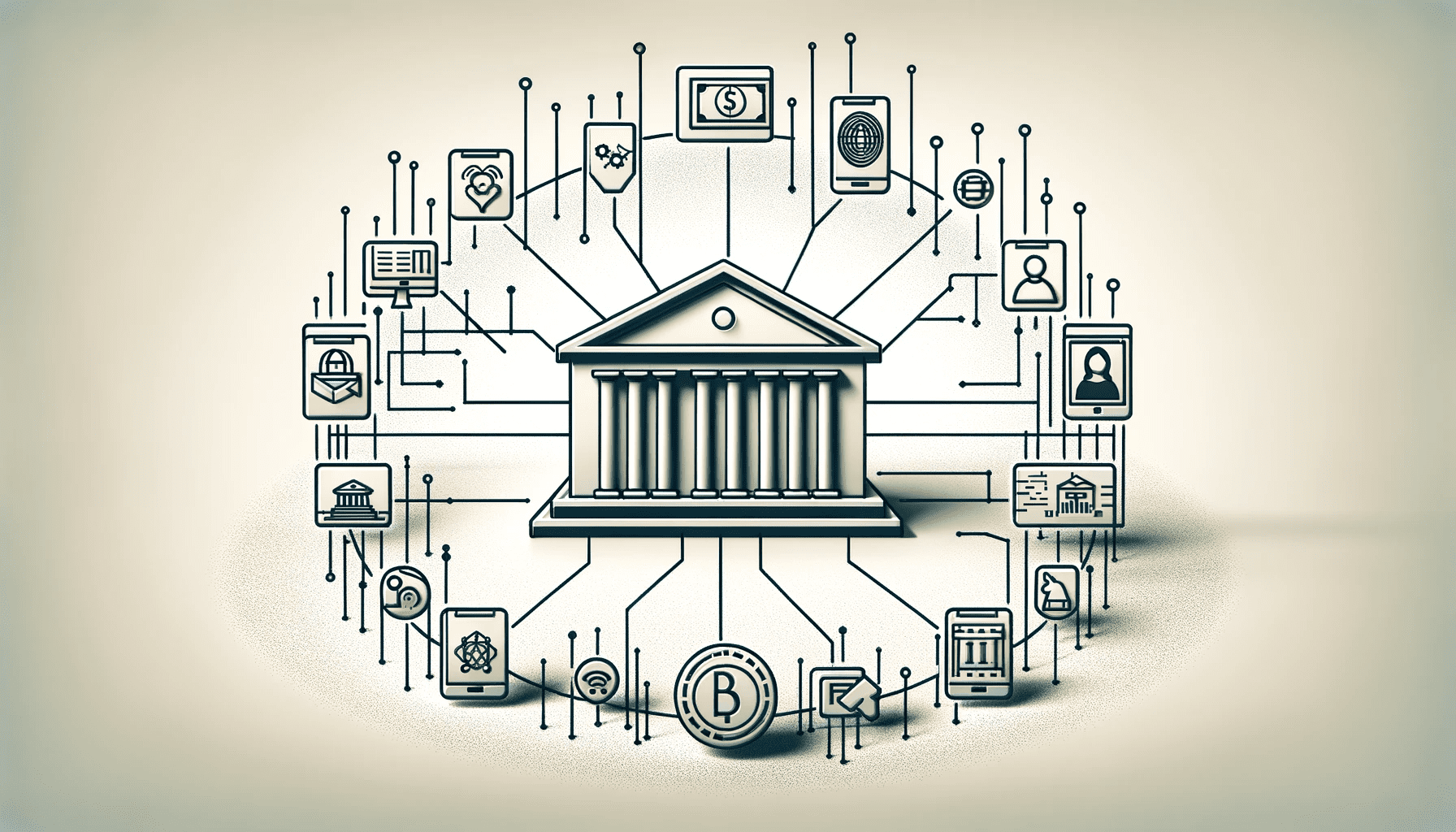Savings account interest rates can vary greatly based on the bank and the nation.
Since they have reduced overhead expenses and can pass those savings on to their consumers, online banks and smaller regional banks often offer the highest interest rates. High interest rates alone, however, are not always the best indicator of a successful savings account; other elements like fees, account minimums, and withdrawal restrictions should also be taken into account. A smart tip is always to check for the most recent interest rate before creating an account because interest rates change over time.
GBO can help you identify the most suitable business bank for your company
In general, interest rates are deemed to be “high” when they exceed what is normal or anticipated for a specific time period or market.
A high interest rate on a savings account is often thought of as being higher than the typical interest rate provided by other banks for accounts with similar characteristics. According to Bankrate, the average interest rate for savings accounts in the United States as of my knowledge cut-off of 2021 is roughly 0.05%. Consequently, a rate of interest of 1% or above would be seen as exorbitant.
Banks with thre highest interest rates for savings accounts in different regions of the world:
Historical data on interest rates at the Federal Reserve of the United States and the European Central Bank (US Fed).
The deposit rate, which is the rate at which commercial banks can deposit their surplus reserves at the ECB, serves as the primary interest rate in the institution. The deposit rate was 0% from June 2014 to March 2016, and from March 2016 to September 2016, it was reduced to -0.4%. From September 2016 until March 2020, the deposit rate was raised to 0%, then again from March 2020 to the present, it was reduced to -0.5%.
The federal funds rate, at which banks can lend and borrow overnight reserves among themselves, is the main interest rate in the US Federal Reserve. In September 2007, the federal funds rate was 5.25%. From December 2008 to December 2015, it dropped to -0.25%. After that, the federal funds rate was raised to 0.25 to 0.5% in December 2015, 0.50 to 0.75 in December 2016, 1.25 to 1.5% in December 2017, and 1.75 to 2% in December 2018. Then, in July 2019, July 2020, and July 2021, it was decreased to 1.5–1.75%, 1-1.25%, and 0-0.25%, respectively.








